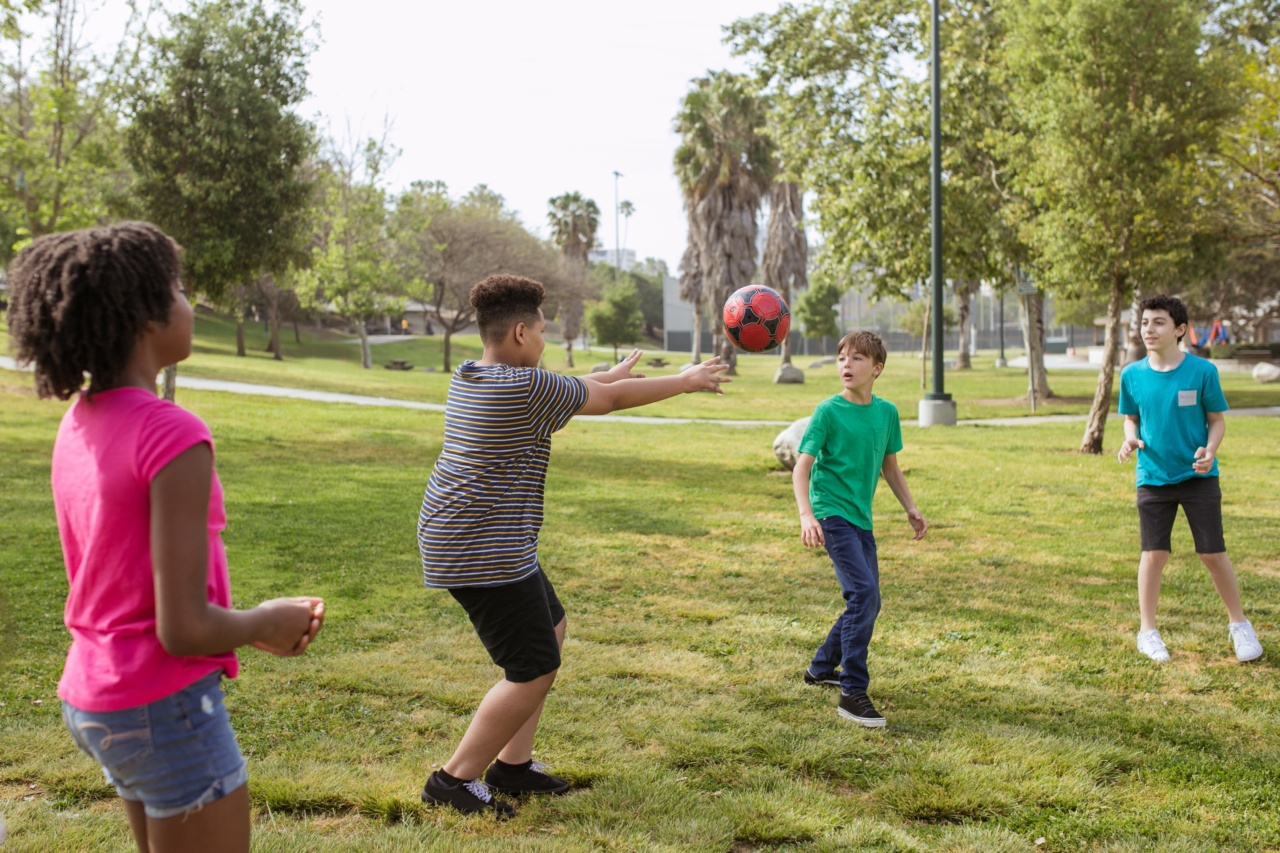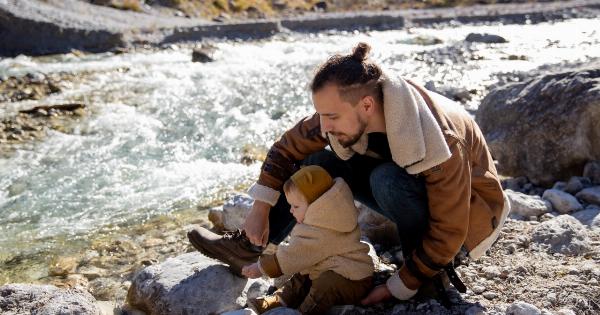Sexual activity among teenagers has been a matter of concern for parents, educators, and policymakers for many years. The decision to engage in sexual activity is a personal one that often comes with risks and consequences.
Studies have shown that the average age of sexual activity among teenagers today varies based on a number of factors including gender, ethnicity, and education level.
Factors that affect the average age of sexual activity among teenagers
There are several factors that can influence when a teenager decides to become sexually active. These factors can include:.
Gender
Research has shown that boys tend to have sex for the first time at a younger age than girls.
According to a study done by the National Survey of Family Growth, 13.2% of males between the ages of 15-19 reported having sex before the age of 15, while only 6.6% of females reported doing so. The study also showed that the average age for first sexual experience among males was 16.9, while for females it was 17.2.
Ethnicity
Studies have shown that there is a difference in the average age of sexual activity among teenagers based on ethnicity.
According to the National Survey of Family Growth, Hispanic teenagers are most likely to have sex before the age of 15, while Asian-American teenagers are least likely to do so. The study also showed that African-American teenagers tend to have their first sexual experience at a younger age than White or Hispanic teenagers.
Education level
Research has shown that teenagers who graduate from high school tend to delay sexual activity compared to those who do not.
A study done by the Guttmacher Institute showed that teens who do not finish high school are more likely to have sex before the age of 18 than those who do. The study also showed that teenagers who have completed some college are less likely to have sex before the age of 18 than those who have not.
The current average age of sexual activity among teenagers
According to the Centers for Disease Control and Prevention (CDC), the average age for first sexual experience among teenagers in the United States is 17.
This age has remained relatively consistent over the past few years, although there have been some fluctuations based on gender, ethnicity, and other factors.
A study done by the Guttmacher Institute in 2017 showed that 46% of teenagers between the ages of 15-19 reported having had sex at least once.
The study also showed that the percentage of teenagers who have had sex has been declining over the past few years, from 54% in 1991 to 44% in 2015.
The consequences of early sexual activity among teenagers
There are several risks and consequences associated with early sexual activity among teenagers, including:.
Sexually transmitted infections (STIs)
Teenagers who engage in sexual activity are at risk of contracting STIs. According to the CDC, teenagers between the ages of 15-24 account for half of all new cases of sexually transmitted infections in the United States.
These infections can have serious consequences, including infertility, pelvic inflammatory disease, and even cancer.
Pregnancy
Teenage pregnancy is another risk associated with early sexual activity. According to the Guttmacher Institute, there were 194,377 babies born to teenage mothers in 2017.
Teenage mothers and their babies are at a higher risk of health problems, and teenage mothers are also more likely to drop out of school and have lower educational and employment opportunities.
Emotional consequences
Early sexual activity can also have emotional consequences for teenagers. Teens who engage in sex at a young age may experience feelings of guilt, regret, or depression.
They may also feel pressure to conform to peer pressure or societal norms, rather than following their own values and beliefs.
Conclusion
The decision to engage in sexual activity is a personal one that comes with risks and consequences. The average age of sexual activity among teenagers today varies based on a number of factors including gender, ethnicity, and education level.
However, the risks and consequences of early sexual activity are clear, including sexually transmitted infections, pregnancy, and emotional consequences. Educating teenagers about these risks and providing them with access to resources and support can help them make informed decisions about their sexual health and well-being.




























